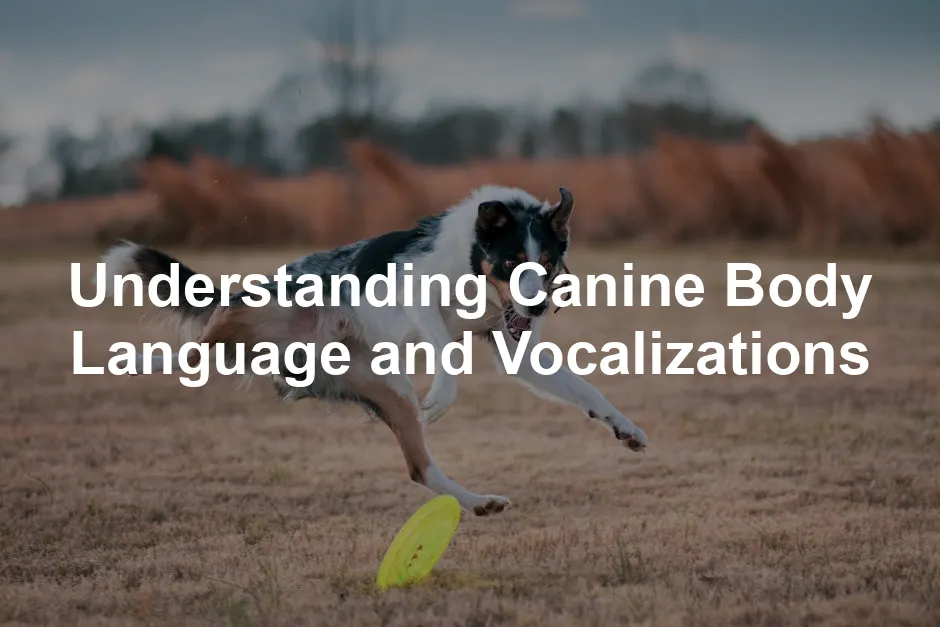Introduction
Understanding your dog’s body language and vocalizations is crucial. Dogs communicate their feelings and intentions through a rich tapestry of non-verbal signals. While they can bark and whine, much of their communication happens through body movements, expressions, and postures. For instance, a wagging tail might not always mean joy; it could signal anxiety or excitement.
By learning to interpret these signals, you can strengthen your relationship with your furry friend. You’ll be better equipped to respond to their needs and emotions. This article aims to guide you in recognizing and understanding your dog’s unique way of communicating. Stronger bonds and clearer communication can lead to a happier, healthier pet and owner experience.
To help you on this journey, consider picking up a copy of “The Art of Raising a Puppy” by The Monks of New Skete. This book is an invaluable resource for understanding puppy behavior and training techniques.

Understanding the Basics of Canine Communication
The Importance of Body Language
Dogs are masters of non-verbal communication. Their body language speaks volumes about their inner feelings. For example, a dog might roll over for a belly rub, but this could also signify submission or anxiety. This reliance on body language is deeply rooted in their evolution. In the wild, recognizing and responding to these signals can mean the difference between life and death.
As our companions, dogs still use these instincts to interact with humans. Understanding their body language helps us, as owners, respond appropriately to their emotional needs. This understanding fosters a sense of safety and trust, making for a more harmonious relationship.
To enhance your understanding, consider a Dog Body Language Chart Poster. It’s a handy visual guide that can help you decode your dog’s emotions at a glance.

Types of Canine Communication
Dogs communicate through a variety of signals. Here are two main types:
- Non-verbal Communication: This includes body posture, tail movements, and facial expressions. For instance, a dog with relaxed ears and a wagging tail is likely feeling content, while a dog with a stiff body and pinned ears may be feeling threatened.
- Vocalizations: Barks, growls, and whines all carry meaning. A high-pitched bark might indicate excitement, while a low growl can signal discomfort or warning. Understanding these vocalizations in context is essential for effective communication.
Recognizing these signals enables you to respond properly, ensuring your dog feels understood and secure. Observing them closely can turn everyday interactions into opportunities for deeper understanding and connection.
Decoding Dog Body Language
Understanding your dog’s body language is essential for effective communication. Dogs express their feelings through various signals, and recognizing these can enhance your relationship with your furry companion. Let’s break down the key elements of canine body language.
Tail Movements
Tail Position
A dog’s tail tells you a lot about their emotional state. When your dog holds their tail high, it’s often a sign of confidence. A neutral tail position indicates a relaxed dog. Conversely, a tail tucked between the legs suggests fear or submission.
Wagging Patterns
Not all tail wags mean happiness. A fast, high wag usually indicates excitement or joy, while a slow wag can show uncertainty. Did you know that the direction of the wag can also provide insights? Dogs tend to wag their tails more to the right when feeling positive and to the left when they encounter something negative. So, the next time your pup greets you with a wag, observe the speed and direction to gauge their emotional state!
To keep your dog entertained while you learn these cues, consider an Interactive Dog Toy: Outward Hound Hide-A-Squirrel Puzzle Toy. It’s a fun way to keep their mind engaged while you work on understanding their signals.

Ears and Their Positions
Ears Forward
When your dog’s ears are perked up and facing forward, it signals alertness and curiosity. They are keenly interested in their surroundings, possibly eager to engage with you or investigate something new.
Ears Back
Ears that are pinned back against the head can indicate fear or submission. Your dog might be feeling threatened or anxious, signaling a need for comfort and reassurance.
Ears Flat
Flat ears can be a sign of aggression or anxiety. If your dog’s ears are pressed flat against their head, proceed with caution. They may feel cornered or defensive, and it’s best to give them some space.
Eyes: Windows to the Canine Soul
Soft Eyes
Soft, relaxed eyes are a sign of a happy and comfortable dog. They indicate that your dog feels safe and at ease in their environment.
Hard Eyes
Conversely, hard eyes—where the dog’s gaze is fixed and intense—can indicate aggression or a warning sign. If your dog is staring with hard eyes, it may be best to back off or redirect their attention.
Avoiding Eye Contact
When dogs avoid eye contact, it often signals submission or discomfort. They might be trying to communicate that they mean no harm. If you notice your dog turning their head away, it’s a sign they may not want to engage in whatever is happening.
Body Posture and Movement
Relaxed Posture
A relaxed dog displays a loose and comfortable body posture. They may lie down with their legs stretched out or sit with a wagging tail. This indicates they’re open to interaction and ready to play.
Stiff Posture
A stiff body posture suggests tension or readiness to react defensively. If your dog stands rigidly, keep an eye on their behavior. This posture often accompanies signs of discomfort or aggression.
Play Bow
The play bow is an unmistakable invitation to play. When your dog stretches their front legs forward while keeping their rear end in the air, it’s a clear signal they want to have some fun. This gesture is a friendly way for dogs to communicate their playful intentions.
Common Signs of Stress and Anxiety
Recognizing signs of stress is crucial for your dog’s well-being. Yawning, lip licking, and showing the whites of their eyes (known as whale eye) are all indicators of discomfort. Cowering and tucking their tail are clear signals that your dog may be feeling anxious or scared. By being attentive to these signs, you can take steps to alleviate your dog’s stress.
Understanding canine body language is an ongoing learning process. By paying attention to these cues, you can foster a deeper bond with your dog and respond more effectively to their needs.

Understanding Vocalizations
Understanding what your dog is saying can be as vital as interpreting their body language. Dogs use a variety of vocalizations to express emotions and convey their needs. Listening closely can help you respond appropriately, strengthening your bond. Let’s break down the different types of vocalizations and their meanings.
Types of Vocalizations
Barks
Barking is the most recognizable form of canine communication. However, not all barks are created equal. A high-pitched, excited bark often signifies joy or a desire to play. On the other hand, a low, deep bark may serve as a warning or a sign of discomfort.
Some dogs have a unique “bark” repertoire. For instance, a bark while wagging their tail usually indicates happiness, while barking with a stiff body suggests they feel threatened. Pay attention to the context and your dog’s body language to discern their true feelings.
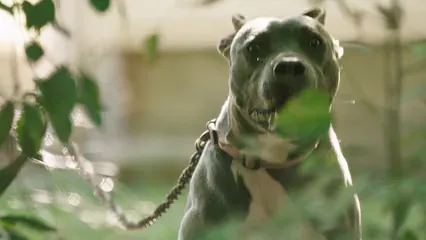
Whines
Whining can often be a sign of anxiety or a plea for attention. When your dog whines, they may be expressing discomfort, fear, or excitement. For example, a dog might whine when they’re left alone or when they see a favorite toy they can’t reach.
Whining is an important signal that your dog needs something, whether it’s reassurance, affection, or an urgent bathroom break. If your dog frequently whines, it’s essential to understand the underlying cause to address their needs effectively.
If you’re looking for a great way to reward your dog during training, check out Zuke’s Mini Naturals. These tasty treats are perfect for training or just showing your pup some love!
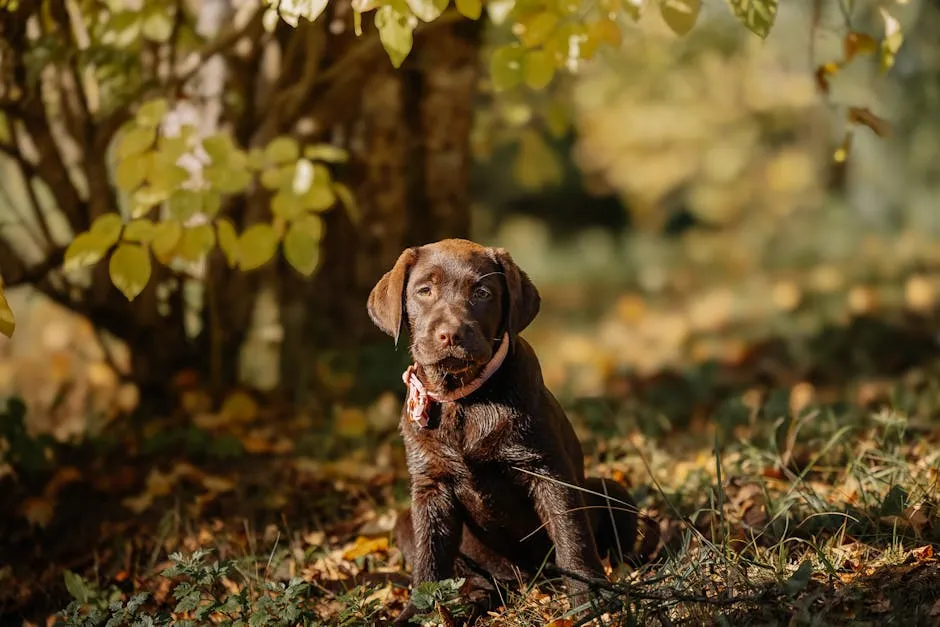
Growls
Growling can convey a wide range of emotions, depending on the context. A playful growl during a game of tug-of-war typically indicates excitement and fun. However, a low growl with a stiff body posture may signal aggression or discomfort.
Recognizing the difference is crucial. For instance, if your dog growls while playing, it’s usually harmless. But if they growl in a tense situation, it’s a warning that they feel threatened. Always observe your dog’s body language alongside their vocalizations for a clearer interpretation.
Context Matters
Context is key when interpreting vocalizations. A dog’s environment plays a significant role in how they express themselves. For example, if your dog barks at a stranger approaching the house, it might be a protective instinct. In contrast, barking at a squirrel could be an expression of excitement or frustration.
Consider the overall scenario. If your dog is at the park, they may bark excitedly at other dogs. However, if they’re at home and barking at the mail carrier, it could indicate a mix of alertness and anxiety.
Recognizing patterns in your dog’s vocalizations is also beneficial. If your dog barks when they want to go outside, they’ll likely develop a consistent way of vocalizing this desire. By paying attention to these cues, you can learn to respond promptly and appropriately.
For instance, if your dog whines when they want attention, you might consider redirecting them to a toy or engaging them in a game. This helps fulfill their need while reinforcing positive behavior.
In summary, understanding your dog’s vocalizations enhances your communication and connection. By tuning into their unique sounds and the situations that provoke them, you can provide better care and nurture a more profound bond with your furry friend.
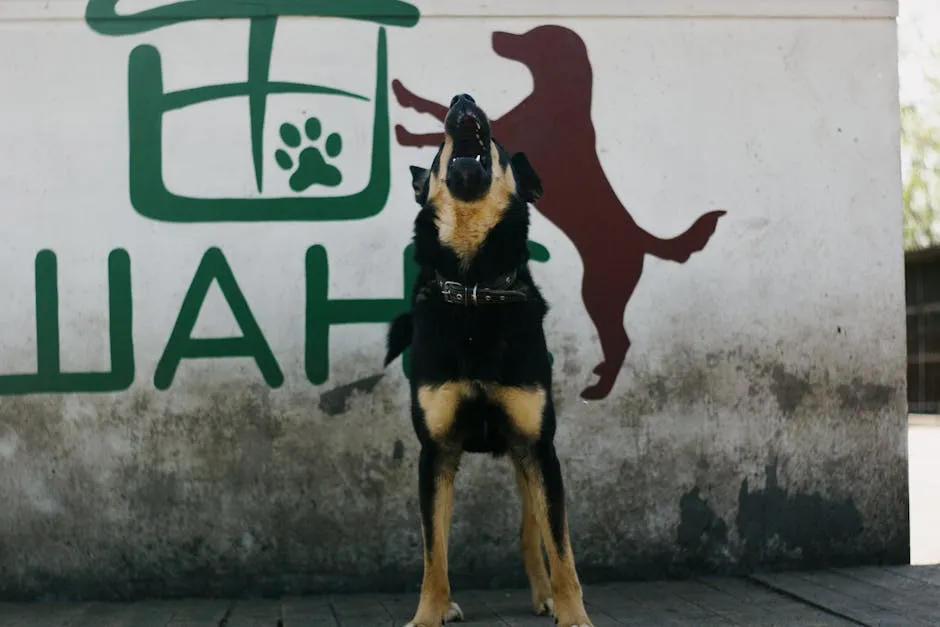
Interpreting Canine Communication in Different Contexts
Understanding how dogs communicate can deepen your bond with your furry friend. Dogs express themselves through body language and vocalizations, which vary depending on their interactions with both humans and other dogs. Let’s break down these contexts to enhance your understanding.
Social Interactions with Other Dogs
When dogs meet, their body language speaks volumes. Observing their movements can help you interpret their feelings. A relaxed dog often exhibits loose body language. Their tail might wag gently, and they may approach with a play bow, inviting interaction. This is a clear sign of playfulness.
Conversely, aggression can be subtle. A dog that stands tall with a stiff body posture and raised hackles may be feeling threatened or dominant. A direct stare accompanied by a low growl signals discomfort and possible aggression. It’s essential to recognize these signs to prevent conflicts during dog-to-dog interactions. If you see a dog exhibiting tension, it’s wise to intervene and create space.
Playful behavior includes chasing, pouncing, and playful growls. Look for loose movements and wagging tails. If the play turns rough, watch for signs of stress, such as sudden stiffness or a tucked tail. These signals indicate that playtime may need to be paused.
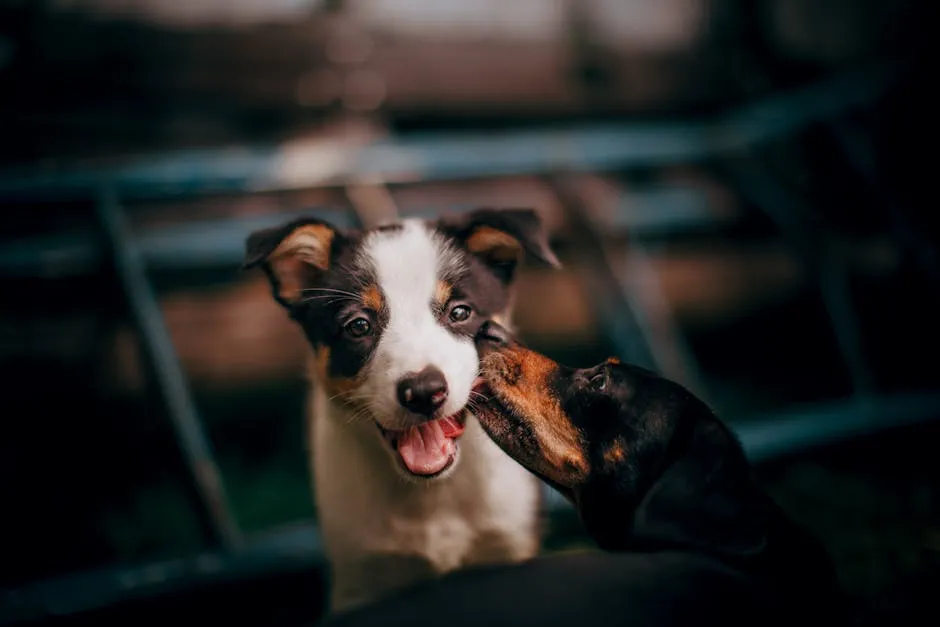
Interactions with Humans
Your dog’s communication style can shift dramatically when interacting with humans. During training sessions, dogs often display eagerness through attentive body language. They might sit or stay close to you, indicating their willingness to engage and learn.
However, it’s crucial to recognize when your dog is anxious or uncomfortable. Signs of stress can include lip licking, yawning, or avoiding eye contact. If you notice these cues, consider adjusting your approach. Perhaps the training session is too intense, or your dog needs a break.
Every dog has a unique way of communicating. Some might be vocal and use barking or whining to express their feelings. Others may rely on body language alone. Therefore, it’s essential to observe your dog’s specific signals. By tuning into your pet’s unique communication style, you can respond more effectively to their needs and emotions, creating a trusting environment.

Tips for Enhancing Communication with Your Dog
Improving communication with your dog starts with observation and understanding. Learning to read your dog’s body language can significantly enhance your relationship.
Observing and Interpreting Signals
Begin by paying attention to your dog’s entire body. Look for patterns in their behavior, such as how they react in different situations. For instance, if your dog wags their tail while approaching you, it typically indicates happiness. However, if the tail is low and stiff, they may feel threatened, even if they’re in your presence.
Encourage yourself to note your dog’s unique behaviors. Each dog has its own set of signals that may differ from common interpretations. For example, a dog that rolls over might be asking for a belly rub or could be feeling anxious. Understanding these nuances can help you respond appropriately and foster trust.
Consider keeping a journal of your observations. Noting how your dog behaves in various situations can help you identify their specific cues. You might discover that your dog reacts differently in social settings compared to quieter environments. This practice can lead to more effective communication and a deeper bond between you and your furry companion.
Remember, patience is key! As you become more attuned to your dog’s signals, your relationship will undoubtedly flourish. Understanding your dog’s unique language enriches your interactions, paving the way for a harmonious and fulfilling companionship.

And for those moments when your dog needs a little pampering after all this training, you might want to grab a Hertzko Self Cleaning Slicker Brush. It makes grooming a breeze and keeps your dog’s coat looking fabulous!
Responding Appropriately
Understanding your dog’s signals is more than just a fun exercise. It’s crucial for fostering a positive relationship. When your dog communicates clearly, responding with positive reinforcement is essential. Rewarding good behavior with treats or affection helps solidify that connection. Think of it as a high-five for your pup when they nail their cues! This approach not only encourages them to repeat the behavior but also strengthens your bond.
Now, let’s chat about patience. Dogs, like humans, need time to learn and adapt. When your furry friend shows anxiety or fear, rushing them can backfire. Instead, take a step back. Observe their signals and allow them to feel comfortable. This patience builds trust, making your dog feel safe in your presence. Over time, your dog will learn that you’re their ally, ready to support them through thick and thin.
Relationships are a two-way street, and communication is key. By responding appropriately to your dog’s cues and fostering patience, you’re setting the stage for a lasting, loving bond. Remember, every wag, bark, and tilt of the head tells a story.
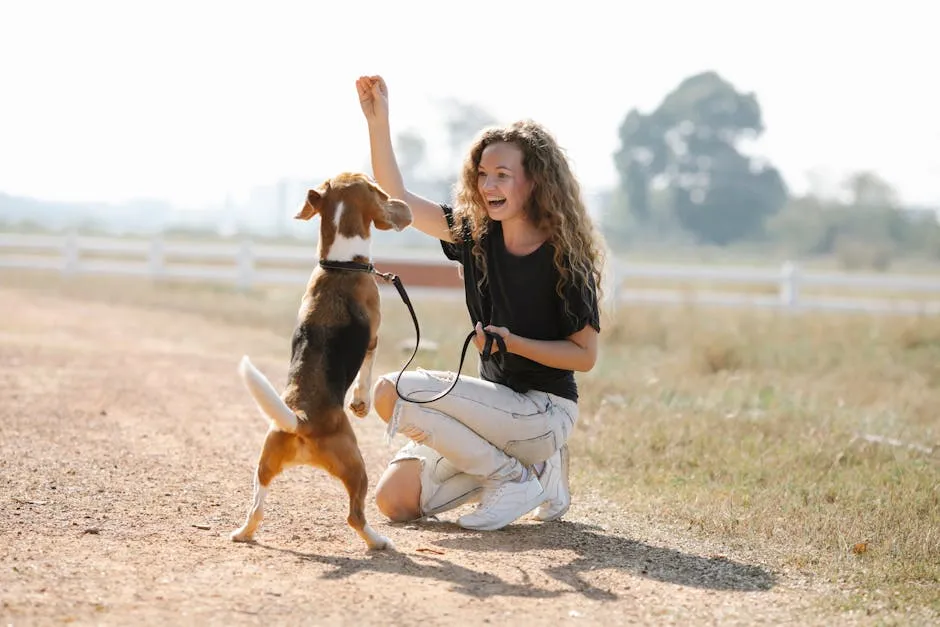
Conclusion
Understanding canine body language and vocalizations is essential for a happy, healthy relationship with your dog. By recognizing their signals, you can respond appropriately to their needs and emotions. This understanding fosters trust and strengthens the bond between you and your furry friend.
Investing time in learning your dog’s unique communication style is vital. Every dog has their quirks and signals that reflect their feelings. Pay attention to their body language, vocalizations, and overall demeanor. This knowledge equips you to respond effectively, making your interactions more rewarding.
Ongoing education is equally important. Stay curious and observant. Attend workshops, read books, or consult a professional trainer. The more you learn, the better equipped you’ll be to decipher your dog’s needs. Remember, strong communication is the foundation of a healthy relationship. So, dive into the world of canine communication and watch your bond flourish!
Frequently Asked Questions
1. How can I tell if my dog is happy?
Happy dogs often display relaxed body posture, soft eyes, and a wagging tail. When they jump around or bring you their favorite toy, it’s a clear sign of joy!
2. What does it mean when my dog shows its belly?
A dog revealing its belly can indicate submission or trust. It’s also a request for some good old-fashioned belly rubs. Who can resist those adorable puppy eyes?
3. How do I interpret my dog’s growl?
Growling can mean many things. Context is vital! A playful growl during a game signals excitement. In contrast, a low growl with tense body language may indicate discomfort or a warning.
4. What should I do if my dog shows signs of fear?
If your dog displays fear, give them space. Observe their body language carefully. If the signs persist or worsen, consider consulting a professional trainer for guidance.
5. Can different breeds have different body language?
While the basics of canine body language are similar across breeds, individual traits can influence specific behaviors. It’s essential to understand your dog’s unique personality and signals for effective communication.
Please let us know what you think about our content by leaving a comment down below!
Thank you for reading till here 🙂
If you’re adopting a rescue dog with anxiety, it’s crucial to understand their unique communication styles. Check out these dog training tips for adopting a rescue dog with anxiety.
And don’t forget to stock up on supplies! Keep your dog safe and happy with essentials like Dog First Aid Kits and Dog Travel Water Bowls. They’re perfect for keeping your pup hydrated on the go!
All images from Pexels

